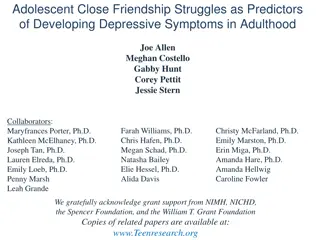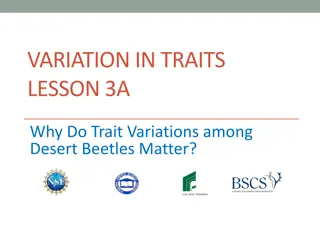Understanding Emerging Adulthood: Features and Variations
Explore the concept of emerging adulthood, a new life stage between 18 and 25 years that has evolved in industrialized countries. Delve into the distinct features that set it apart from other life stages as well as the international variations and implications in both affluent and developing nations. Engage in reflective activities and discussions to deepen comprehension of this transitional period.
Download Presentation

Please find below an Image/Link to download the presentation.
The content on the website is provided AS IS for your information and personal use only. It may not be sold, licensed, or shared on other websites without obtaining consent from the author. Download presentation by click this link. If you encounter any issues during the download, it is possible that the publisher has removed the file from their server.
E N D
Presentation Transcript
Emerging Adulthood [Professor Name] [Class and Section Number]
Learning Objectives 1. Explain where, when, and why a new life stage of emerging adulthood appeared over the past half-century. 2. Identify the five features that distinguish emerging adulthood from other life stages. 3. Describe the variations in emerging adulthood in countries around the world.
Warm up Activity: Possible Selves Imagine you are 20 years old in the in the year 1960 Consider the following questions: Where do you think you live? Where do your parents live? Do you work or go to school? Where do you work or go to school? What issues are important to you? Are you in a relationship or single? Do you have children?
Warm up Activity: Possible Selves Reflect on your actual life at 20 years old Consider the following questions: Where do you live? Where do your parents live? Do you work or go to school? Where do you work or go to school? What issues are important to you? Are you in a relationship or single? Do you have children?
Overview Introduction Emerging adulthood (EA) The Five Features of EA International variations EA in OECD countries: The advantages of affluence EA in developing countries: low but rising Conclusion
What is Emerging Adulthood? Emerging adulthood (EA) is a new stage of the life span, roughly between the ages of 18 and 25 that has arose over the past half-century in industrialized countries.
Overview Introduction Emerging adulthood (EA) The Five Features of EA International variations EA in OECD countries: The advantages of affluence EA in developing countries: low but rising Conclusion
Inventory of Dimensions of EA Scale IDEA-8 Complete the inventory
The Five Features of EA The age of identity explorations 1 The age of instability 2 The self-focused age 3 The age of feeling in-between 4 The age of possibilities 5
The Five Features of EA 1 The age of identity explorations Average questions 5 and 6 on your IDEA-8 scale 1 = strongly disagree 2 = somewhat disagree 3 = somewhat agree 4 = strongly agree Compare your scores with your peers. In what ways have you explored your identity?
The Five Features of EA 2 The age of instability Average questions 3 and 4 on your IDEA-8 scale 1 = strongly disagree 2 = somewhat disagree 3 = somewhat agree 4 = strongly agree Compare your scores with your peers. In what ways have you experienced instability?
The Five Features of EA 3 The self-focused age What question might you add to the IDEA-8 that would reflect this feature?
The Five Features of EA 4 The age of feeling in-between Average questions 7 and 8 on your IDEA-8 scale 1 = strongly disagree 2 = somewhat disagree 3 = somewhat agree 4 = strongly agree Compare your scores with your peers. What does feeling in-between mean to you?
The Five Features of EA 5 The age of possibilities Average questions 1 and 2 on your IDEA-8 scale 1 = strongly disagree 2 = somewhat disagree 3 = somewhat agree 4 = strongly agree Compare your scores with your peers. What possibilities lie ahead for you?
Overview Introduction Emerging adulthood (EA) The Five Features of EA International variations EA in OECD countries: The advantages of affluence EA in developing countries: low but rising Conclusion
International Variations Distinctions are made between OECD countries & developing countries.
OECD Countries Tertiary education Mean age of marriage & parenthood Low or free costs Generous social welfare systems Individualism vs. Collectivism Family influence Sexuality
Developing Countries Low but rising Globalization & economic development
Current Trends in EA OECD Countries Developing Countries South Korea China Finland India United States Indonesia Spain Ethiopia Canada Kenya Directions 1. Make small groups (3-4 students) 2. Using the internet research for your assigned country 3. Answer the questions on the handout (20 minutes) 4. Share your answers with the class
Current Trends in EA Do the current trends in EA, within the various countries researched, match the reported thoughts from the module?
Overview Introduction Emerging adulthood (EA) The Five Features of EA International variations EA in OECD countries: The advantages of affluence EA in developing countries: low but rising Conclusion
Conclusion Increased reliance on parents Delay in contribution to society Ample time for education Emerging Adulthood Mature decision making
CAT: Student-Generated Test Questions Student Generated Test Questions: Write one multiple-choice question about EA. Answer the question and write a rationale for the question. Submit your work by the end of class.
Appendix A&B Student handouts for IDEA-8 and Current Trends in EA activities. Click icons to open.
Photo Attribution Photo Credit: Young People karosieben https://pixabay.com/en/young-people-forward-uncertainty-737150/ https://creativecommons.org/publicdomain/zero/1.0/deed.en Slide 1 Photo Credit: Photo Credit: Parisian Couple tiffany terry https://www.flickr.com/photos/35168673@N03/3727362530/ https://creativecommons.org/licenses/by/2.0/ Slide 3 Photo Credit: Couple in living room smiling Richard foster https://www.flickr.com/photos/93963757@N05/8550837925 https://creativecommons.org/licenses/by-sa/2.0/ Slide 4 Photo Credit: 5 Fs Rachel Kramer https://www.flickr.com/photos/26503922@N08/6281459192/ https://creativecommons.org/licenses/by/2.0/ Slide 6 Photo Credit: PO-untitledIMG_0415_09-04-13.jpg Armando Tura https://www.flickr.com/photos/98067729@N03/9696521127/ https://creativecommons.org/licenses/by-nc-sa/2.0/ Slide 8 Slide 16 Photo Credit: Noba Staff Photo Credit: Le D filement du Temps Adrien Leguay https://www.flickr.com/photos/52783780@N03/8257932756/ https://creativecommons.org/licenses/by-nc-nd/2.0/ Slide 17 Photo Credit: Han River Riders - Seoul, South Korea. Patrick Rodwell https://www.flickr.com/photos/patrickrodwell/4793955112 https://creativecommons.org/licenses/by-nc-nd/2.0/ Slide 18 Photo Credit: 2010-08-29be Exchange [Ananabanana] https://www.flickr.com/photos/45358973@N04/7747363700/ https://creativecommons.org/licenses/by-nc-sa/2.0/ Slide 20 Photo Credit: [ ] dennis https://www.flickr.com/photos/8929029@N07/5116985045/ https://creativecommons.org/licenses/by-nc-sa/2.0/ Slide 22 Photo Credit: Photo Credit: Illustrated silhouette of a black cat nehtaeh79 http://www.freestockphotos.biz/stockphoto/16624 http://creativecommons.org/publicdomain/zero/1.0/ Slide 23




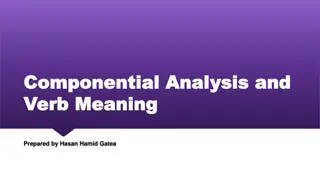

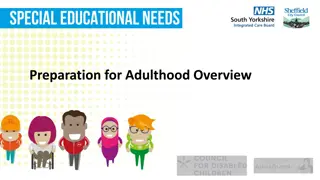
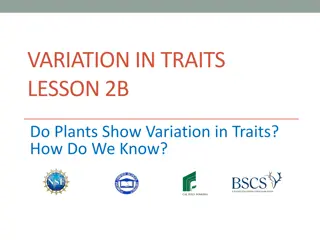


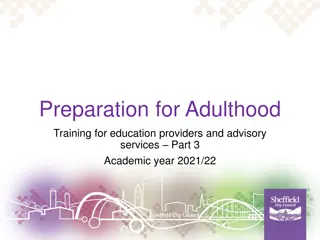
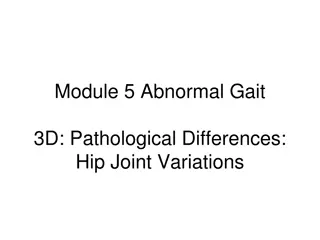





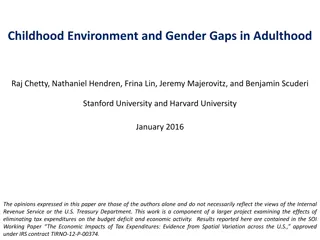
![Importance of Rock v. MWB [2018] UKSC 24 as Explained by Lord Sumption](/thumb/193348/importance-of-rock-v-mwb-2018-uksc-24-as-explained-by-lord-sumption.jpg)
